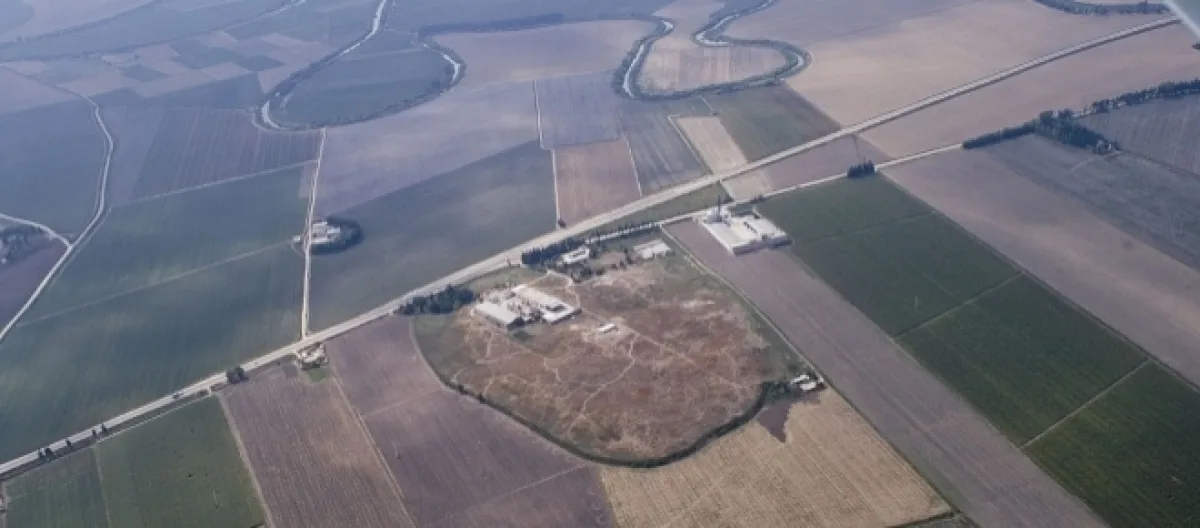A team of archaeological researchers, led by those from the University of Toronto, made an amazing discovery last week in Turkey. Their excavations uncovered a Statue that is thousands of years old, dating all the way back to the Iron Age. It is gigantic and has led the team to wonder who or what it represents.
Where was it found?
The statue was uncovered at the archaeological site of Tell Tayinat in Turkey.
Tell Tayinat is located in the southeastern part of the country, near the border with neighboring Syria. It was discovered lying face down in a deep bed of basalt stone pieces that included fragments of the statue's own face, which will be mentioned more in detail later.
The statue was found within a gigantic gate complex that would have granted access to the upper citadel of Tell Tayinat, which was the ancient capital and fortress of the Neo-Hittite Kingdom of Patina (1,000 to 783 B.C.). It is estimated to be around 3,000 years old and dates back to the Iron Age (1,200 to 600 B.C.).
Interestingly enough, fragments from other statues and sculptures that had been found elsewhere around the site were also found in the same area.
This seems to point to a complex process of the decommissioning of statues as part of their demolition.
Who is the statue of?
The statue that was found depicts a female and is carved out of reddish basalt stone. It is slightly longer than 3.5 feet long and has a width of 2.2 feet. However, the archaeological team estimates that the statue originally between 13-16 feet tall. What remains of the statue is pretty well preserved, with the exception of the face and chest areas. The archaeologists believe that they were destroyed in antiquity during an act of iconoclasm.
Timothy Harrison, who is a professor of near eastern archaeology at the University of Toronto, described the statue. He said that one of its most stunning features was “a ring of curls that protrude from beneath a shawl that covers her shoulders and the back of her head.” Researchers hope that with the fragments they have found that the face of the statute can be put back together with the help of a 3D scanner.
It is believed that the statue is either a depiction of an important political leader or an Iron Age era goddess. The archaeological team believes that if it is a goddess then it could be a representation of Kubaba, who was the divine mother of the gods of ancient Anatolia. Harrison said that if the statue is of a political important female leader then it “raises the possibility that women played a more prominent role in the political and religious lives of early Iron Age communities.”
